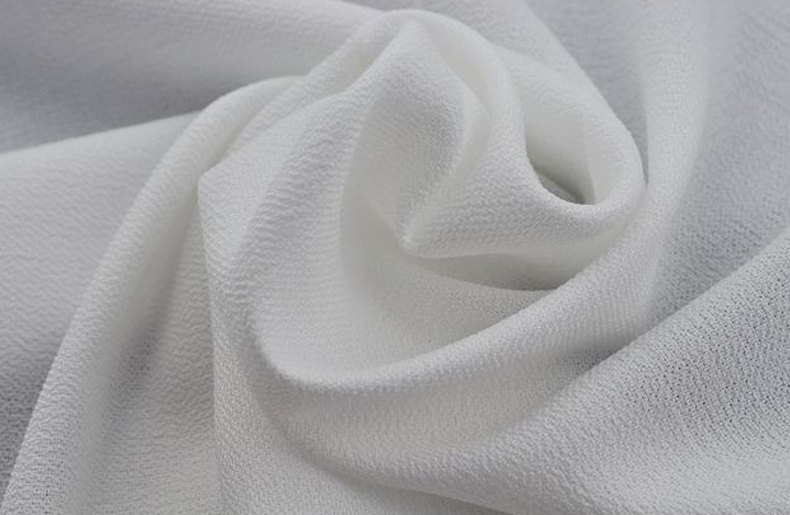Formal Interlining wear is synonymous with rigorous and solemn bai, so the amount and workmanship of du are also more sophisticated. In the choice of clothing lining lining, Dao has a thick and heavy, large area that highlights the shape of formal wear; casual wear is synonymous with relaxed and casual. "Leisure" is the main style, and more comfortable materials are used, while the choice of clothing lining is relatively small. Some casual wears hardly need lining; fashion can basically be understood as being somewhere in between, which satisfies the market trend.

The demand does not lose the crispness of the formal wear. The clothing interlining is often used in a small area on the required part to achieve the function of crispness and modeling.Ironing characteristics of clothing lining: under normal circumstances, the use of non-woven lining is much simpler than that of woven lining. Non-woven lining basically does not need to be arranged, but it is more complicated when there is woven lining. If the yarn is bent, it needs to be pulled diagonally to correct.
In case of wrinkles on the cloth surface, you need to use steam jet to smooth it. Do not iron directly.The cutting characteristics of clothing lining: the cutting process of clothing lining is still exquisite, because one side of the lining is glued, so when cutting, the glued side should be folded inside to facilitate cutting; small pieces of lining can be cut directly, large area For cutting, the interlining pattern should be made first, and then cut according to the pattern.
Adhesive characteristics of clothing interlining and attention: the changes in the feel, elasticity and hardness of the cloth that need to be paid attention to when bonding interlining, check whether it meets the requirements for use; check whether the thickness of the interlining matches the fabric; check that the interlining and the fabric are bonded, Whether the color has changed and whether the hot melt adhesive has penetrated; check that the shrinkage of the lining and the fabric is the same; check whether there is blistering, bending, or warping after bonding; check whether the pressing time, temperature, and pressure are consistent.

 English
English Español
Español Türk
Türk 简体中文
简体中文









